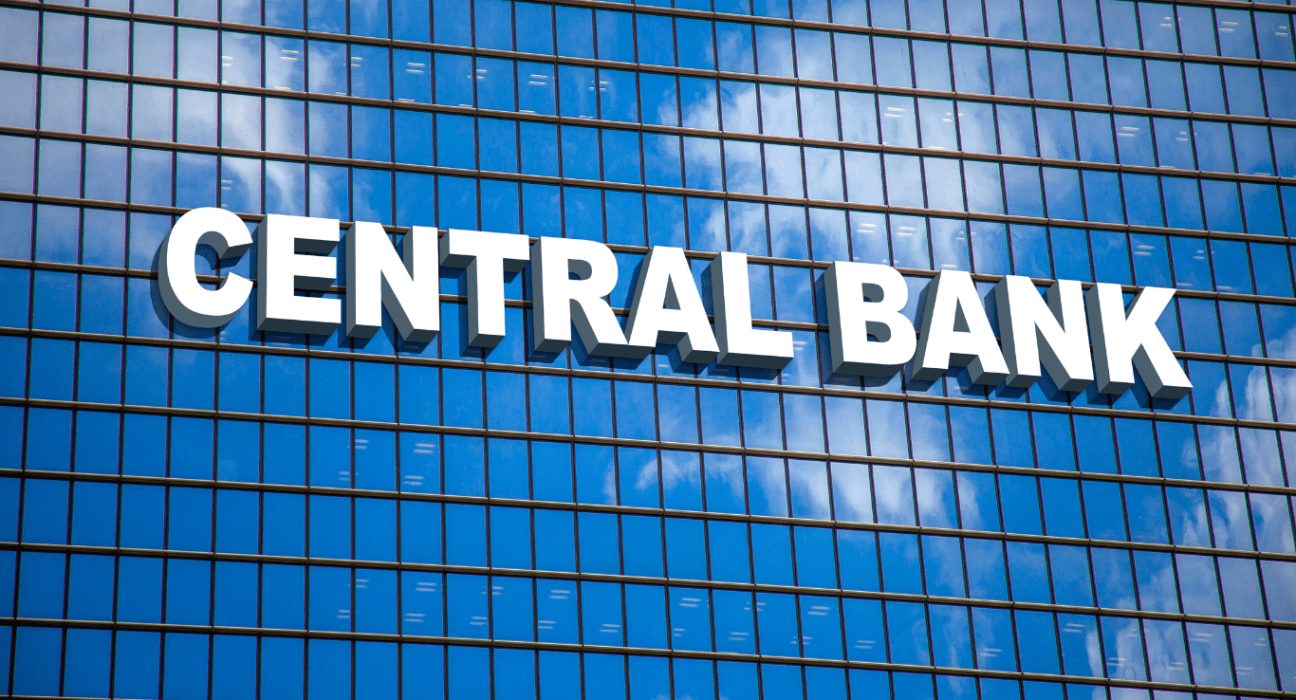The year 2022 witnessed a remarkable shift in central bank policies around the world, with monetary authorities ramping up interest rates at the fastest pace and largest scale in at least two decades to combat rising inflation. In contrast, the beginning of 2023 saw a tepid start with only one central bank, Canada, announcing a 25 basis point hike in January. However, the pace is expected to speed up in February, with the policy-makers in the US, UK, and the eurozone already out of the starting blocks.
US, UK, and Eurozone to Increase Interest Rates
The first few days of February saw the US Federal Reserve increasing its rates by 25 basis points, while the European Central Bank and the Bank of England both hiked by 50 basis points. These moves come after just three meetings by central banks overseeing the ten most heavily traded currencies in January. Norway and Japan decided to keep their rates unchanged.
Emerging Markets Follow Suit
In contrast, across emerging markets, six out of eighteen central banks increased their rates in January. Indonesia, Korea, South Africa, Thailand, Israel, and Colombia all lifted benchmarks. The January moves compare with five central banks hiking by 260 basis points in December.
Falling Energy Prices Ease Pressure on Central Banks
The falling energy prices are reducing headline inflation and fueling optimism that monetary policy may be eased later this year, according to Tobias Adrian at the International Monetary Fund. With year-on-year inflation readings declining further, the prospect of Fed rate hikes, and the US dollar calming down, as well as energy and food prices deflation appearing in the first half of the year, pressure should ease on central banks in developing economies, Simon Quijano-Evans, chief economist Gemcorp Capital Management Limited, said.
Optimism for Non-US Dollar Central Banks in Emerging Markets
“As we move through 2023, non-US dollar central banks, including most in emerging markets, should become happier,” he added. Despite the prospect of more rate hikes, there is a positive outlook for non-US dollar central banks in emerging markets.
Conclusion
In conclusion, the year 2022 saw an all-out battle by central banks worldwide to contain inflation, with the fastest pace and largest scale of interest rate hikes in at least two decades. While the beginning of 2023 was off to a tepid start, the pace is expected to speed up in February with the US, UK, and eurozone out of the starting blocks. Falling energy prices, declining inflation readings, and the prospect of Fed rate hikes ease pressure on central banks in developing economies, leading to optimism for non-US dollar central banks in emerging markets.










